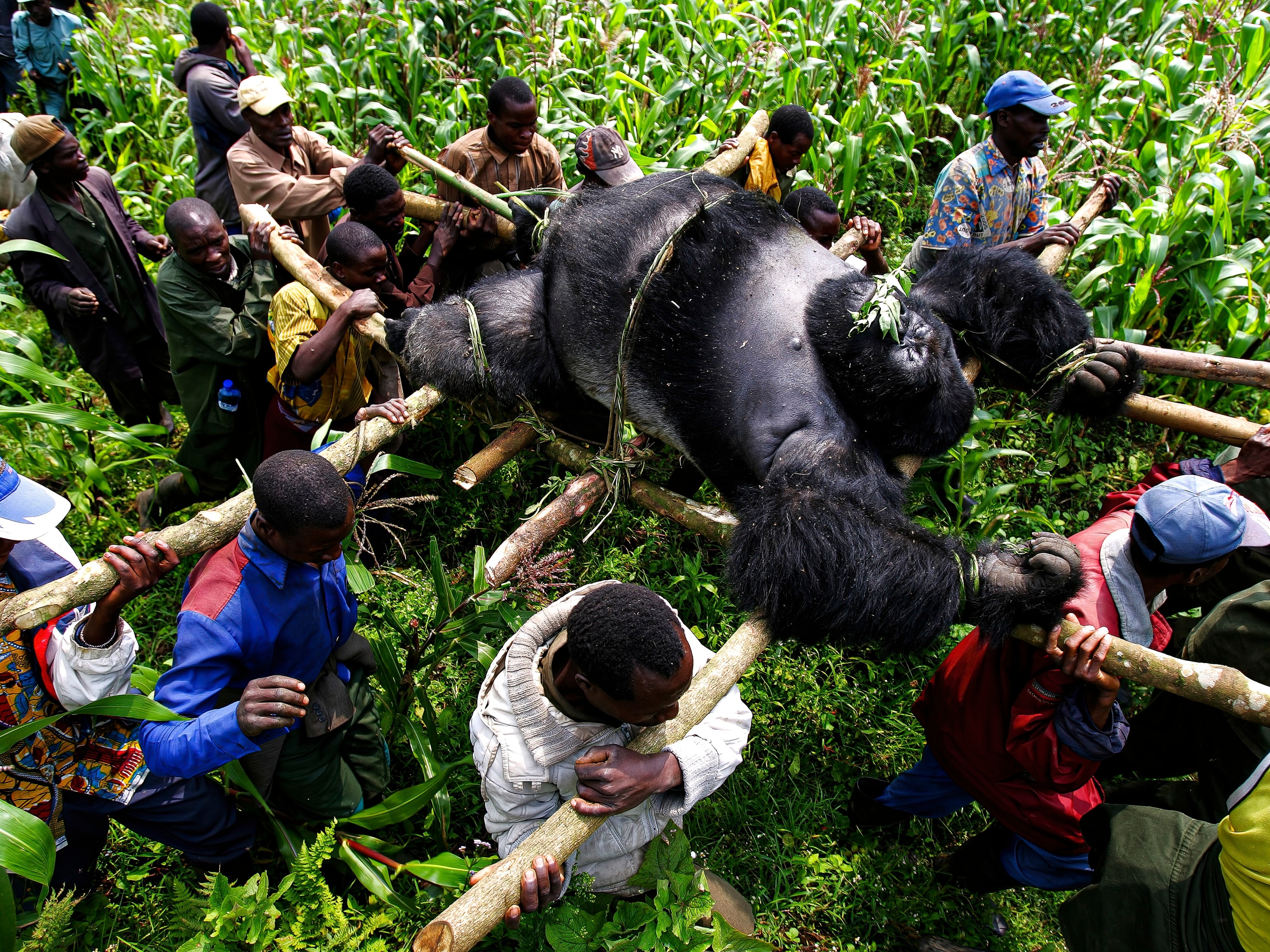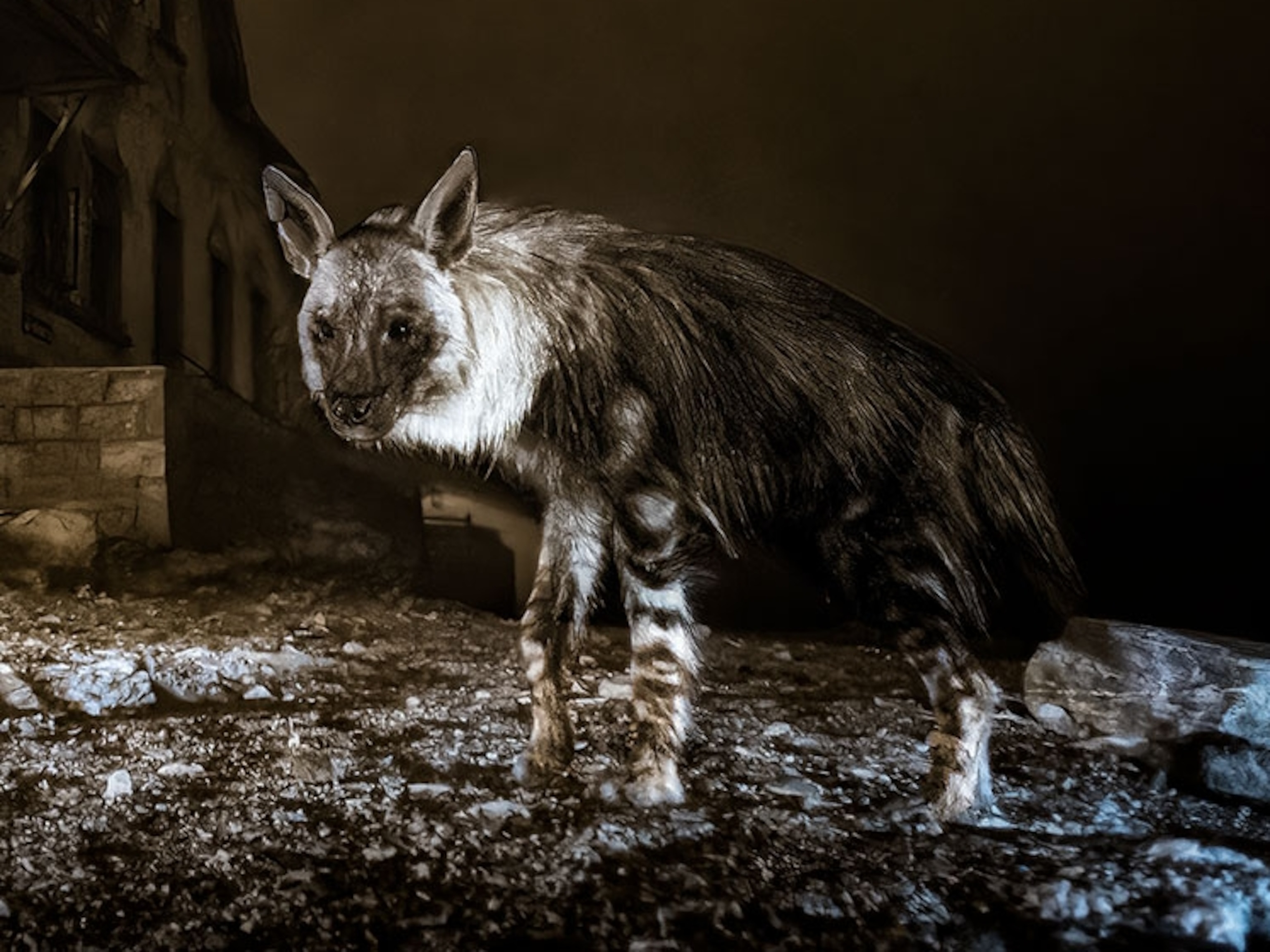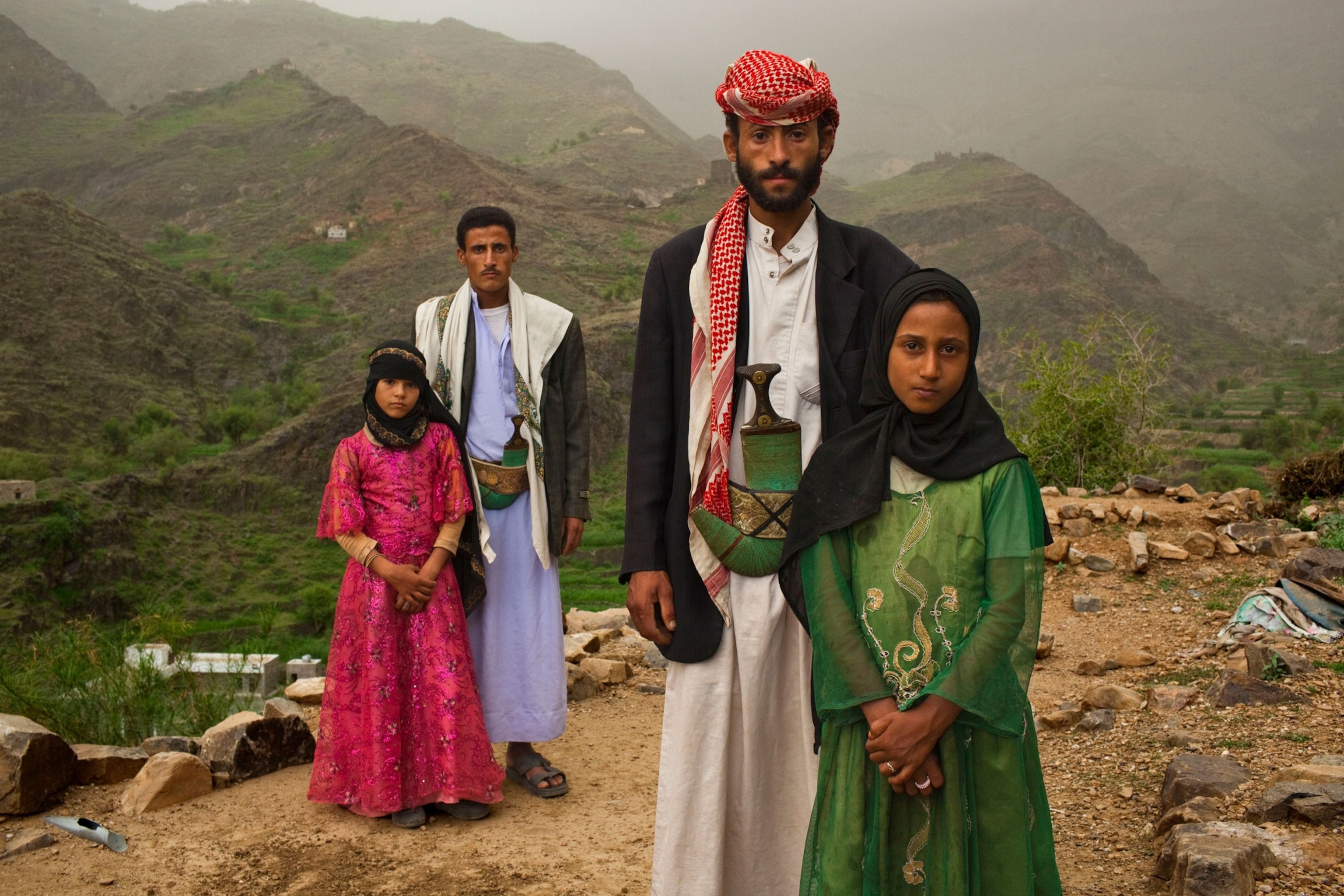
The best photojournalism of the last decade
When a recent Top 10 list of journalism stories skipped photojournalism, we decided to create our own.
In the past decade, photojournalism exposed one of the massacres that prompted 750,000 people to flee Myanmar. It revealed the lives of some of the millions of girls who are forced to become child brides each year. It showed the medical miracle of a new face, the horror of sexual assault in the military, the impunity of death squads in the Philippines.
Last week, NYU’s journalism school declared 10 works of journalism as having the greatest impact of the past decade.
Missing: Photojournalism.
So we’ve spent the last few days looking at scores of the greatest photojournalism stories of the past decade. They weren’t hard to find. We settled on 10 to get the discussion going, and to prove a point—that next time around, a work of photojournalism will be included in a “greatest journalism” list. Here is our quick, and by no means definitive list, with a warning—a few of these images are graphic.
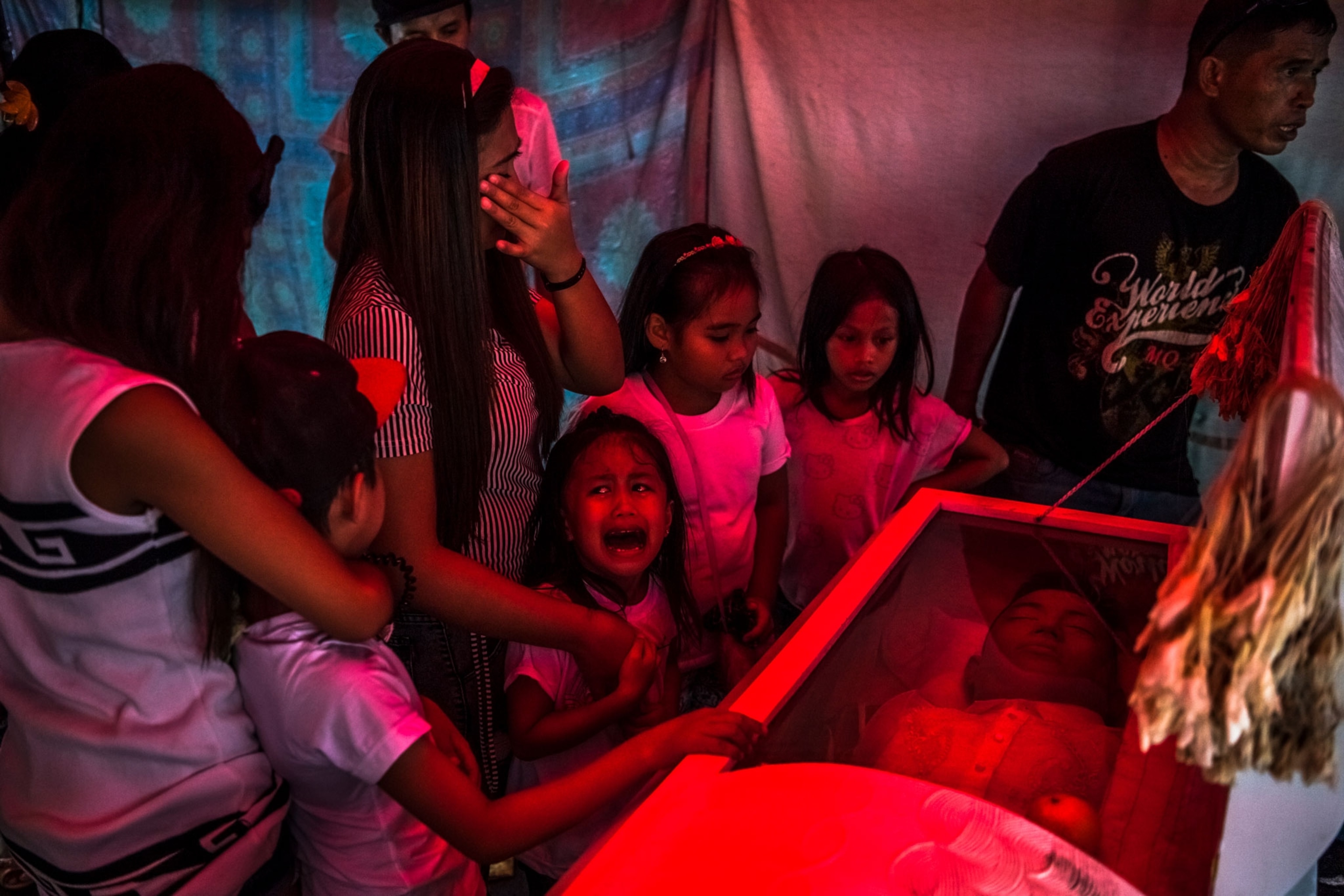
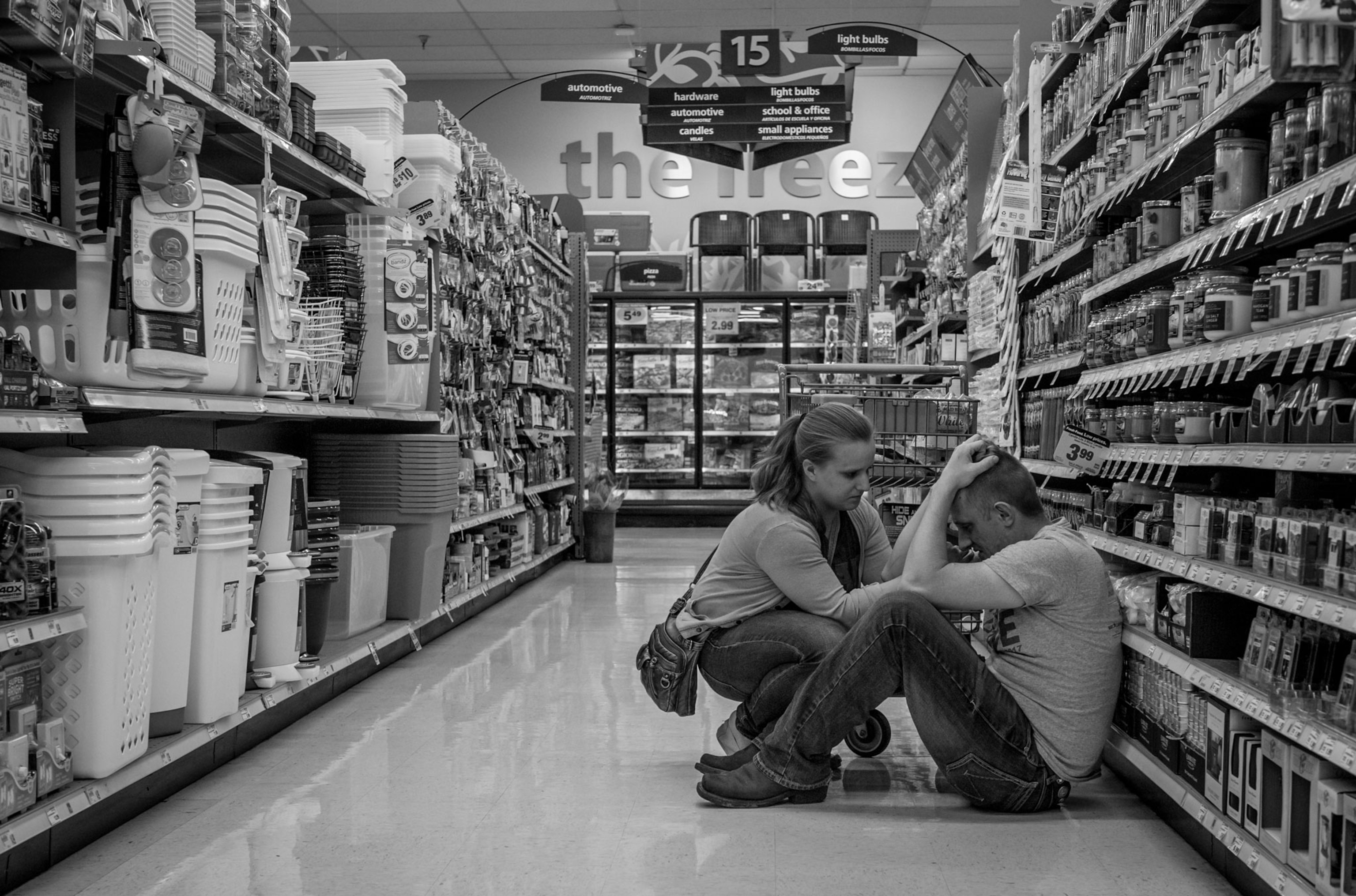
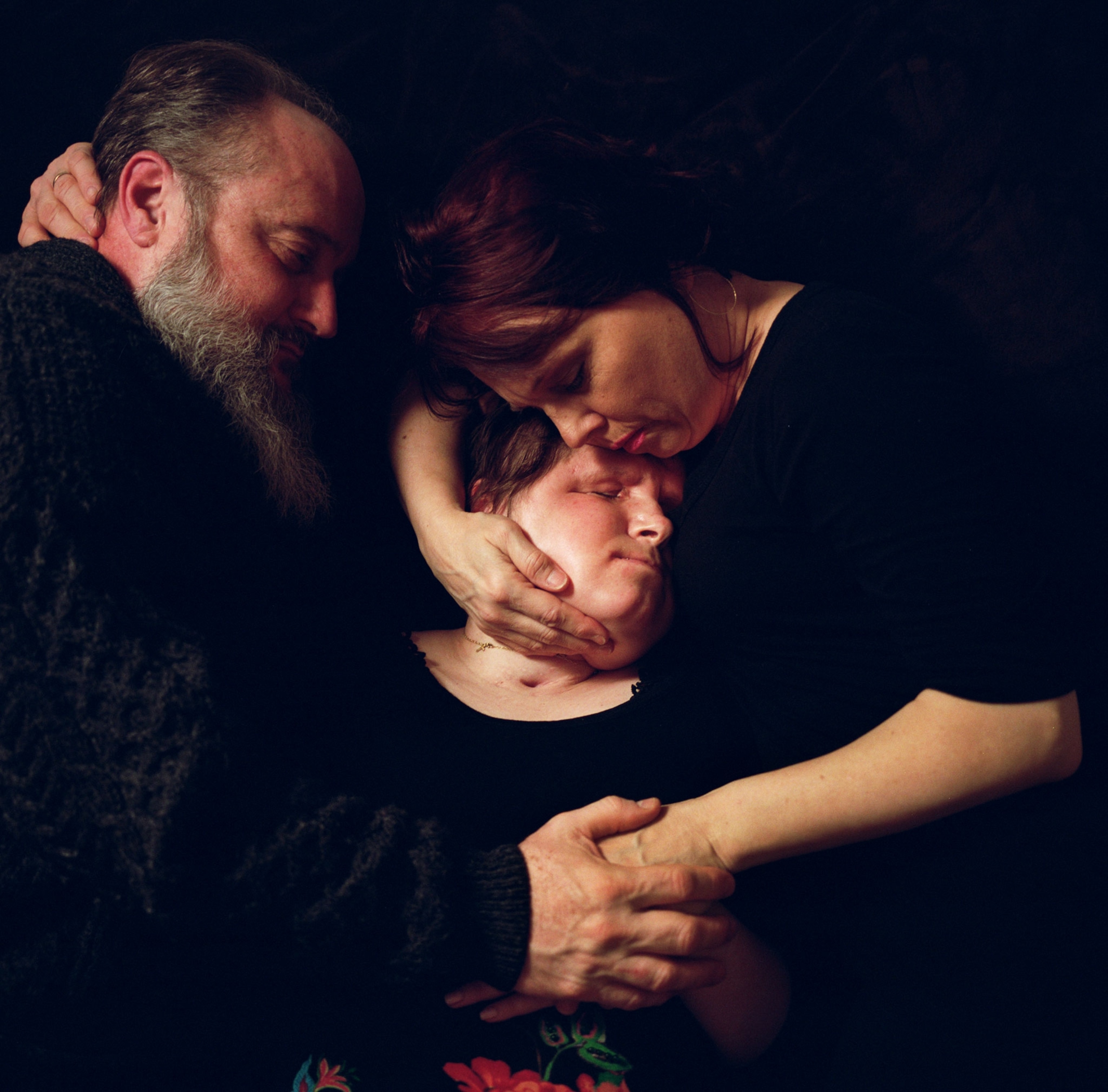
Other outstanding examples of photojournalism from the past decade:
- The three images that showed the world what Myanmar had been denying: It was massacring members of its Muslim Rohingya minority and burning their villages in 2017. The report won a Pulitzer Prize, awarded while Reuters journalists Wa Lone and Kyaw Soe Oo spent 511 days imprisoned by Myanmar authorities for doing their job.
- Nina Robinson’s account of life and loss originally intended to cover a swath of the South, but family misfortune prompted her instead to focus on the power of memory and the small town in Arkansas where her grandmother spent her last days. “I’ve never done anything so personal before,” Robinson said. And so universal.
- Brent Stirton’s work on wildlife has changed the dynamic for conservation photography, says Photography Editor Kathy Moran. She points to his series on rhino poaching. One photo from that series, on a de-horned rhino in South Africa, won him the 2017 Wildlife Photographer of the Year and a World Press Photo first place in nature storytelling.
- Ruddy Roye’s six months in 2015 documented protest in Brooklyn, Mississippi, Memphis, Manhattan, and Ferguson. His photographic series, When Living is a Protest, was a revelation, showing people who pushed past the pain each day. “The fact that [people] refuse to go under, refuse to give up, that is a protest to me,” he said.
- Matt Black‘s work through 46 states and Puerto Rico challenged mainstream representation of America's poor. His project, Geography of Poverty, breaks through America's mythologies and the stigma of being poor. He discovered, as he puts it, “who gets their needs met and who doesn’t; who’s valued and who isn’t.”
- Plenty of photographers parachuted in to South Dakota to cover the conflict in 2016 between Native Americans and developers of a pipeline that would run through their tribal lands. But photographer Josué Rivas spent seven months living at Standing Rock, participating in tribal ceremonies before even photographing the people, and his work conveyed a deeper understanding of what was at stake. “I knew I had to tell the story from an Indigenous perspective,” Rivas said.
Presenting a human face. Showing a touch of compassion. And using photography as evidence to hold people and governments accountable.
There is plenty to be proud of in this past decade of photojournalism, whether or not it is recognized.


